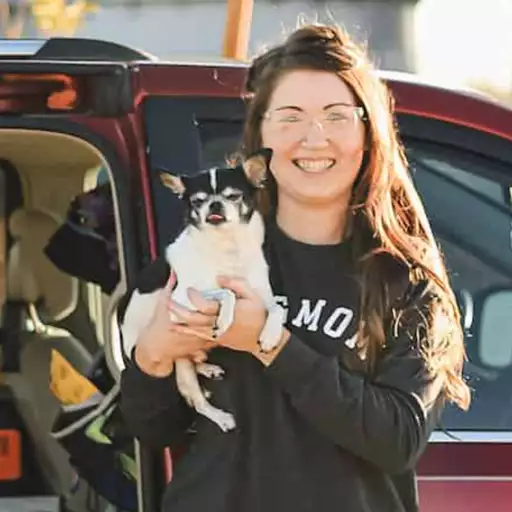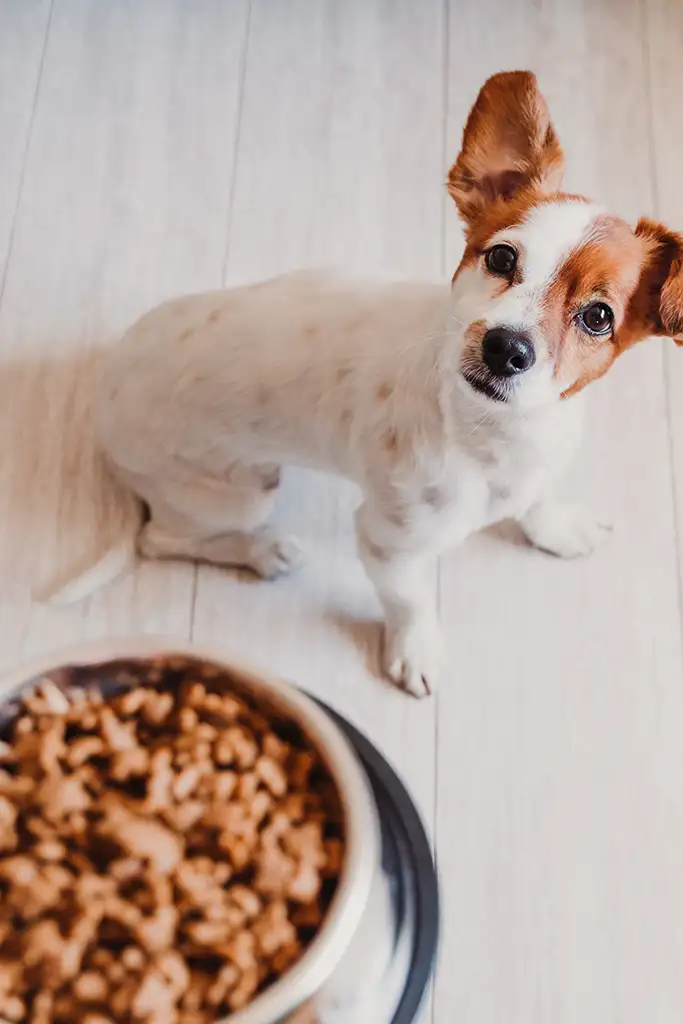6 Hazards to Your Dog This Valentine’s Day
While we may celebrate Valentine’s Day with chocolate and champagne, those traditional gifts have no love for our dogs! So that your special holiday doesn’t become a heartbreaker, here are a few tips to keep in mind to keep your dog safe around the holiday’s most common hazards:
Alcohol
That half-finished glass of champagne can spell more than a headache for Fido. Dogs will experience serious problems after ingesting very little alcohol; a 30-pound dog can run into trouble with as little as two ounces. The symptoms of alcohol poisoning in canines are similar to those of an inebriated person: within an hour of drinking, dogs exhibit a wobbly walk, sluggishness, and excitement or depression. A lower breathing rate and even cardiac address can occur. Even if you don’t see your dog drinking but notice unusual symptoms, get your dog straight to the vet.
Chocolate
Valentine’s Day is certainly synonymous with chocolate but that spells more than heartache to your dog. Theobromine, an alkaloid found in cocoa and chocolate, is toxic to dogs—mean that Valentine’s chocolate must be kept out of reach of your dog. The biggest risk comes from dark chocolate, which contains more theobromine than milk chocolate, but all present a risk. If you dog raids the candy box, it may take hours – potentially up to 12 – to see the effects which include vomiting and diarrhea followed by fast breathing, hyperactivity and perhaps extreme thirst as well as wobbliness. Call your dog to a vet immediately if your dog should eat chocolate and explain the type of chocolate your dog has ingested as well as the amount.
Xylitol
This artificial sweetener is found in many sugar-free gums, candies and other foods. Unlike when it is eaten by humans, Xylitol is absorbed very quickly by dogs, triggering a big release of insulin then a sudden drop in their blood sugar which can result in death. If you suspect that your dog may have eaten a Valentine’s candy or gum that contains Xylitol, call your veterinarian immediately. Dogs with Xylitol poisoning appear lethargic and often vomit, stagger, and suffer seizures.
Balloons
Sure those heart-shaped balloons and proclamations of love are cute, but balloons present two potential risks. Dogs are at risk of choking if they decide to bite and possibly swallow a balloon (or if they ingest an empty balloon). The balloon’s string also presents a risk if ingested; it can tangle in the intestinal tract.
Flower Preservative
Valentine’s roses may be beautiful but watch out for the preservatives that florists provide with bouquets. Instead of a packet of chemical preservative, use one part lemon-lime soda (not diet) with three parts water to keep your flowers long-lasting without the risk of the chemical preservatives in the house.
Candles
Candles may set the mood for a romantic Valentine’s dinner – but they also present a hazard to a wagging tail. Keep candles safely out of reach of your dog or opt for safer LED flameless candles for all the romance without the risk.
A few extra minutes spent making sure the candy, candles, champagne, and canines are all out of reach of each other can help you enjoy this annual celebration of love!











